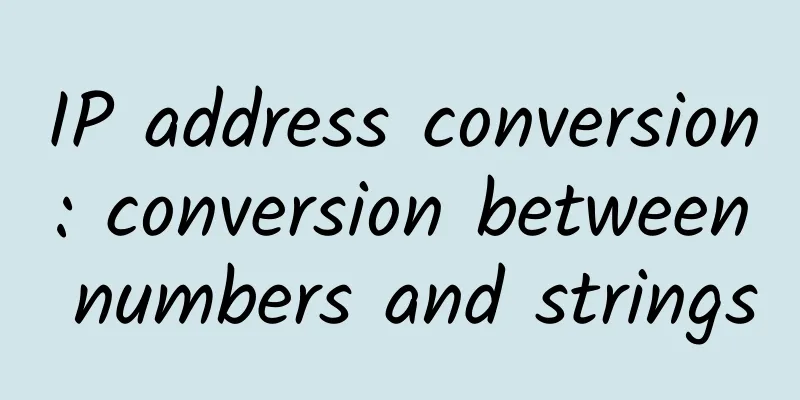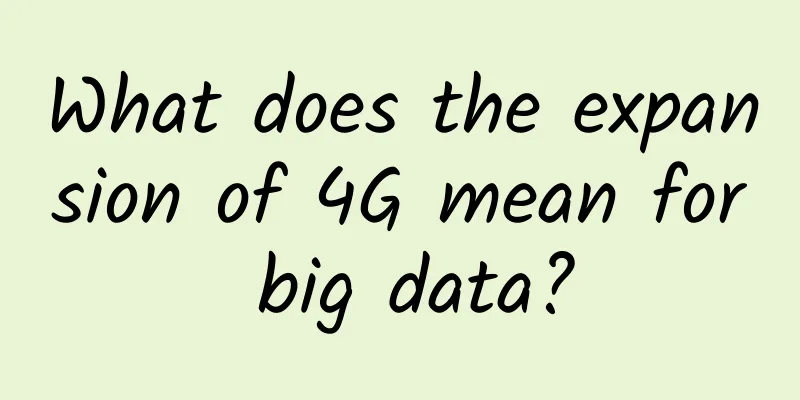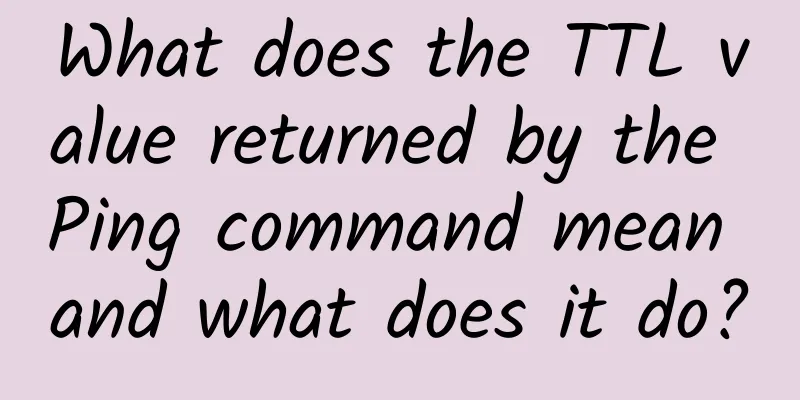IP address conversion: conversion between numbers and strings

|
There are generally two formats for storing IP addresses in the IP address database, one is dotted decimal format (192.168.1.1), and the other is digital format (3232235777). In applications, it is often necessary to convert between these two formats.
To solve this problem, I implemented a quick method for converting between the two in the exnet extension package:
Example of use:
So how do you convert a dotted decimal IP address into a number? An IPv4 address has 4 bytes and looks like this:
Each byte represents the range:
General formula: b4<<24 | b3<<16 | b2<<16 | b1 For example, 222.173.108.86 Conversion method: 222<<24 | 173<<16 | 108<<8 | 86 = 3735907414 For example, 1.0.1.1 Conversion method: 1<<24 | 0<<16 | 1<<8 | 1 = 16777473 The implementation in exnet is as follows:
Just flip the logic of converting a numeric value to a string. This is implemented in exnet as follows:
|
<<: When porting your number to another network, operators should first change their service mindset
Recommend
Regarding the 6G satellite, I am "confused"
[[351012]] On November 6, a satellite named "...
Report: 5G conspiracy theories caused 170,000 hours of downtime in UK base stations
UK regulator Ofcom has revealed that so far in 20...
Advantages and Challenges of 5G Network Slicing
The fifth generation of mobile communication syst...
GaussDB T database cloud service officially launched on Huawei Cloud with Kunpeng computing power
Recently, the cloud service of GaussDB T, the wor...
edgeNAT March Promotion: Korean Dedicated Server/All VPS 20% off for monthly payment and 30% off for annual payment
edgeNAT has launched a promotional event after th...
Does Localhost necessarily mean Localhost?
[[405743]] We often use the localhost domain name...
5G means data center platforms must evolve
The foundation for seamless 5G implementation 5G ...
Double 11 Carnival, drink this bowl of "traffic control" soup
[[350322]] As the Double 11 shopping festival app...
Can Huawei reshape the Internet?
[[320457]] This article is reproduced from Leipho...
Tencent Cloud lightweight application server 1 core 1G 3M annual payment starts from 128 yuan, 1 core 1G 30M Hong Kong cloud server 24 yuan per month
Tencent Cloud's lightweight application serve...
The number of IoT users of the three major operators exceeds 1.1 billion, and the Internet of Everything brings trillions of connection value
5G opens a new era of the Internet of Everything....
Hosteons: OpenVZ/KVM VPS hosting 50% off, $13.5 per year, multiple data centers in Los Angeles/New York
The last time I shared information about Hosteons...
A brief comparison of two SR-TE implementation methods
1. Brief description of background technology Reg...
Ruijie Cloud Desktop has emerged as a new force. Why do users prefer it?
[51CTO.com original article] Speaking of players ...


![[11.11] LOCVPS top up 1000 yuan and get 100 yuan, Hong Kong VPS 30% off, 20% off for all](/upload/images/67cac03bef119.webp)






